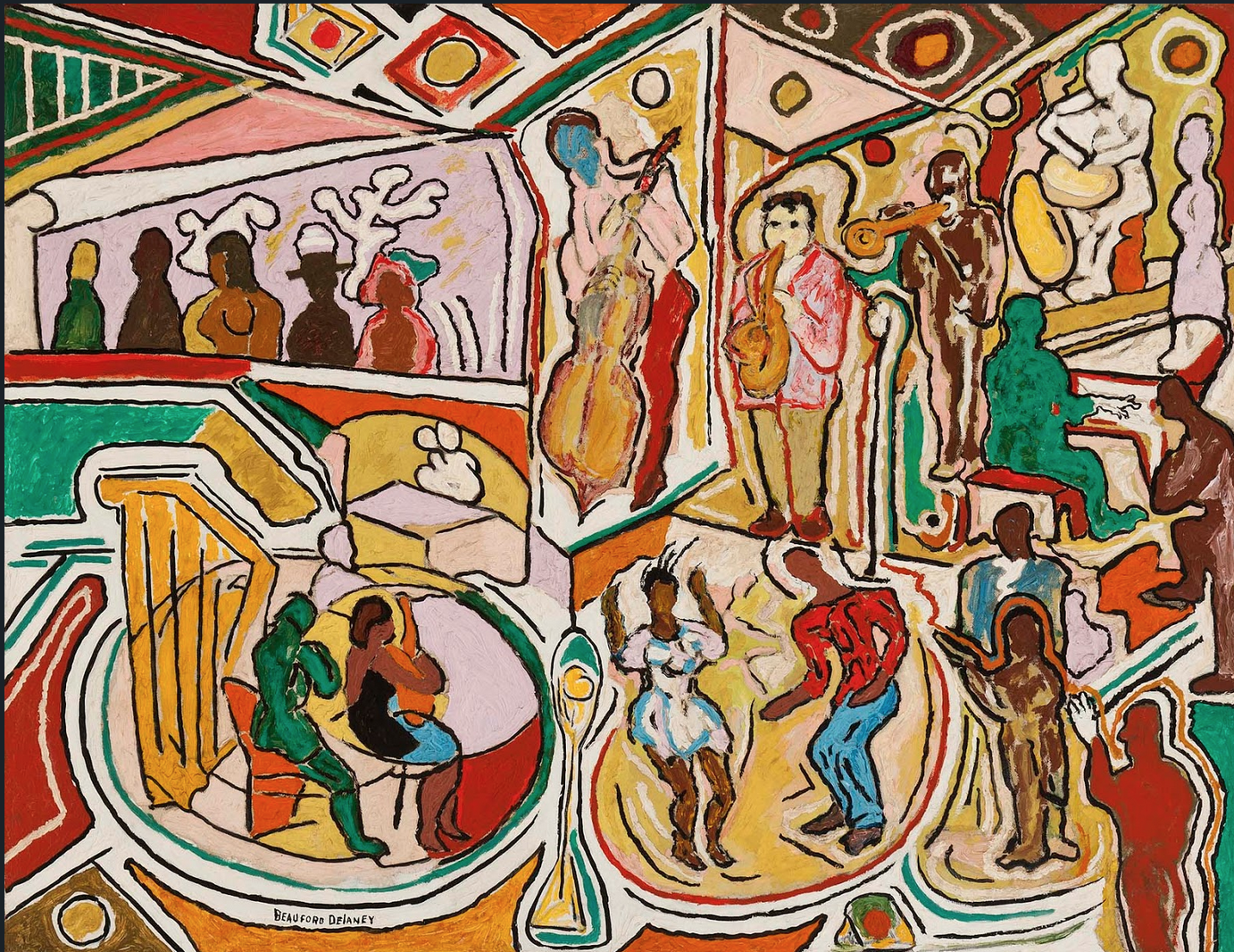
by Beauford Delaney, 1950
Existential angst, jazz cats, cheap hotels, smoke-filled basements … while Paris’s Saint-Germain-des-Prés neighbourhood is now filled with luxury boutiques, in the 1950s it was a different story.
As the city emerged from Nazi occupation, Saint-Germain reclaimed its place as a centre of new ideas and daring new works of art, philosophy and music.
Who lived, worked and partied in Saint-Germain? How did they shape the Paris they lived in—and the one we love so much today?
In this post, we’ll visit three classic Left Bank cafés and nightclubs of the 1950s and meet the people who made them famous.
We also invite you to join a group of curious travellers on our tour Café Culture of 1950s Paris in April 2024. You’ll be taken care of by a team of expert leaders and guides who love to nerd out about Paris history, famous Parisians, art, cocktails, food and more.
On y va! Let’s go!
Les Deux Magots
Our first stop is the famous café Les Deux Magots, which occupies a prime people-watching spot on place Saint-Germain-des-Prés.
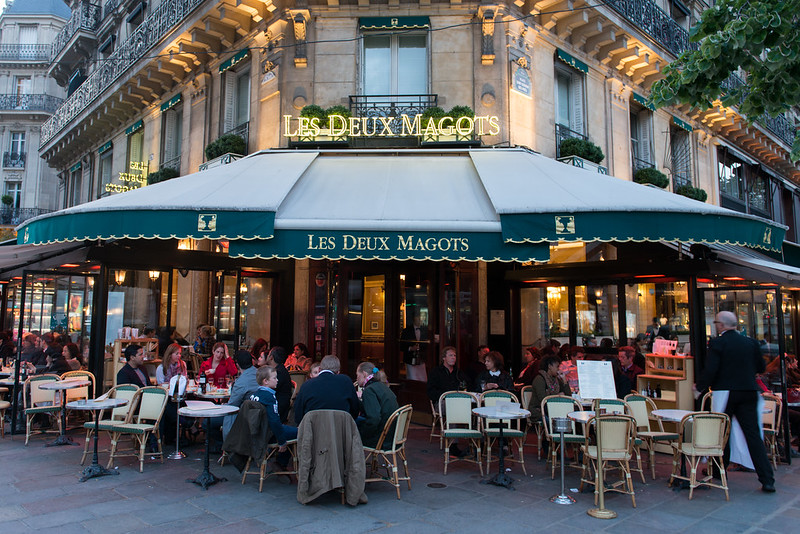
In the early 19th century, the building that houses the current café was a silk and novelty shop. Hence the two magots: seated Chinese figurines that are perhaps mandarins (bureaucrat-scholars) or philosophers. (The history gets a little fuzzy here.)
It became Les Deux Magots in 1884. This was a time when the brightly lit cafés of the Grands Boulevards — both those created under Louis XIV in the 1670s and the Haussmann boulevards of the Belle Epoque — were trendy places to see and be seen. Soon after, publishers such as Gallimard moved into the neighbourhood and Saint-Germain’s modern associations with literature started to develop.
When we pick up our story in the 1950s, the café had been a second home to a few generations of writers and artists, from Oscar Wilde to Guillaume Apollinaire to Albert Camus.
Lisa Pasold, who has created a series of custom guided walks for the tour, will introduce us to two of the café’s most famous postwar regulars: Jean-Paul Sartre and Simone de Beauvoir. Their ideas on existentialism and feminism might seem intimidating, the stuff of enormous books you had to read for a class.
But two Classical Pursuits leaders who specialize in 20th-century philosophy, Wendy O’Brien and John Riley, suggest a different way to think about. Wendy says that at the heart of it, people like de Beauvoir and Sartre were asking a timeless question: How do we live now? John offers a second question: How to embrace the ambiguity of a rudderless, godless, murderous universe?
These questions were on the minds of so many Parisians. Their individual and collective answers changed Paris and the world. They faced tremendous challenges. But, as we will see on our tour, they also had a lot of fun.
Bonus: The nearby Latin Quarter is, believe it or not, Paris’s oldest wine-growing neighbourhood. We’ll visit its hidden vineyards and best wine bars on a private tour with a wine expert.
Le Club Saint-Germain
Put on your dancing shoes, we’re going out! In the 1950s, nightlife in Paris moved to the sounds of jazz. Zazous, young jazz lovers who embraced counterculture and wore American-style checkered jackets and short skirts, crowded into basement clubs to dance and smoke.
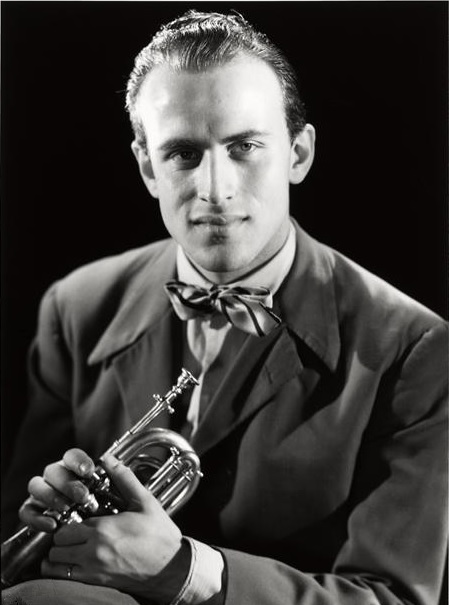
One of the best known of these was Le Club Saint-Germain. Jazz trumpeter, singer and writer Boris Vian and some friends had discovered a vaulted cellar below a building on rue Saint-Benoît that would be perfect for a club.
They pulled together financing, including from the owner of the nearby Café de Flore, and opened in June 1948. The story goes that on opening night 300 invitations went out and … well, join our tour with Lisa to hear the rest.
Le Club Saint-Germain went on to host Duke Ellington, Django Reinhardt, Miles Davis, Art Blakey, and many, many more.
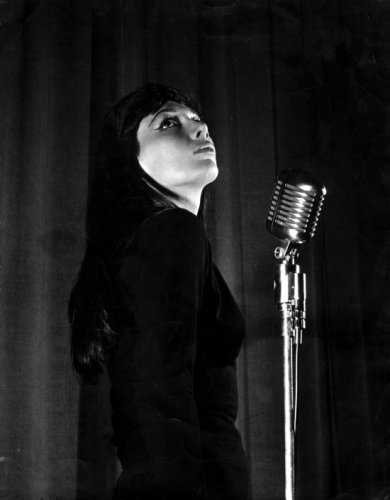
No foray into the postwar Paris music scene would be complete without singer and actress Juliette Gréco, “muse of existentialism” and a formative artistic influence on her lover Miles Davis. Here she is singing “Sous le ciel de Paris” (“Under the Paris sky”).
Lisa will bring to life her fascinating story as we explore the history of jazz and chanson française in Saint-Germain.
Bonus! Although Club Saint-Germain has long since closed, jazz is alive and well in Paris, and on our tour we’ll have an optional excursion to a classic jazz club.
Le Tournon
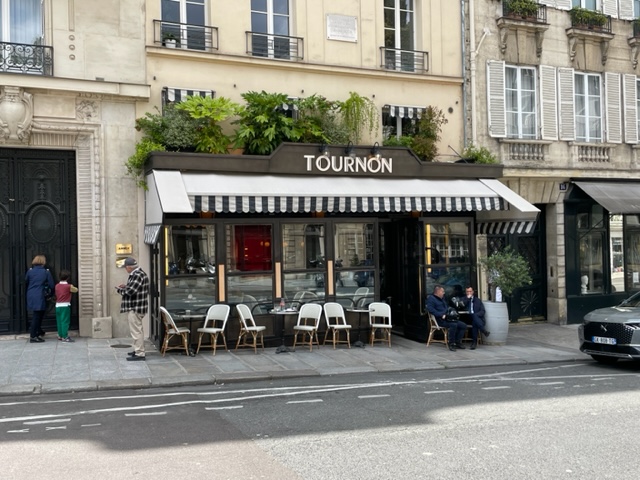
We head just south of Boulevard Saint-Germain to our last stop, the café Tournon near the Luxembourg Gardens.
This recently renovated café is smaller and less known than the more attention-grabbing Deux Magots, Flore, Lipp, and other boulevard establishments with large terraces. Which is why we are so looking forward to sharing its story with you.
The Tournon was a gathering place for many of the African American writers, musicians, and painters who lived in Paris after World War II. Some were GIs who had stayed on to study at the Sorbonne. Others, such as Richard Wright and James Baldwin, moved to Paris for greater artistic freedom (as we will see when we discuss Giovanni’s Room as part of the tour) and a reprieve from racism.
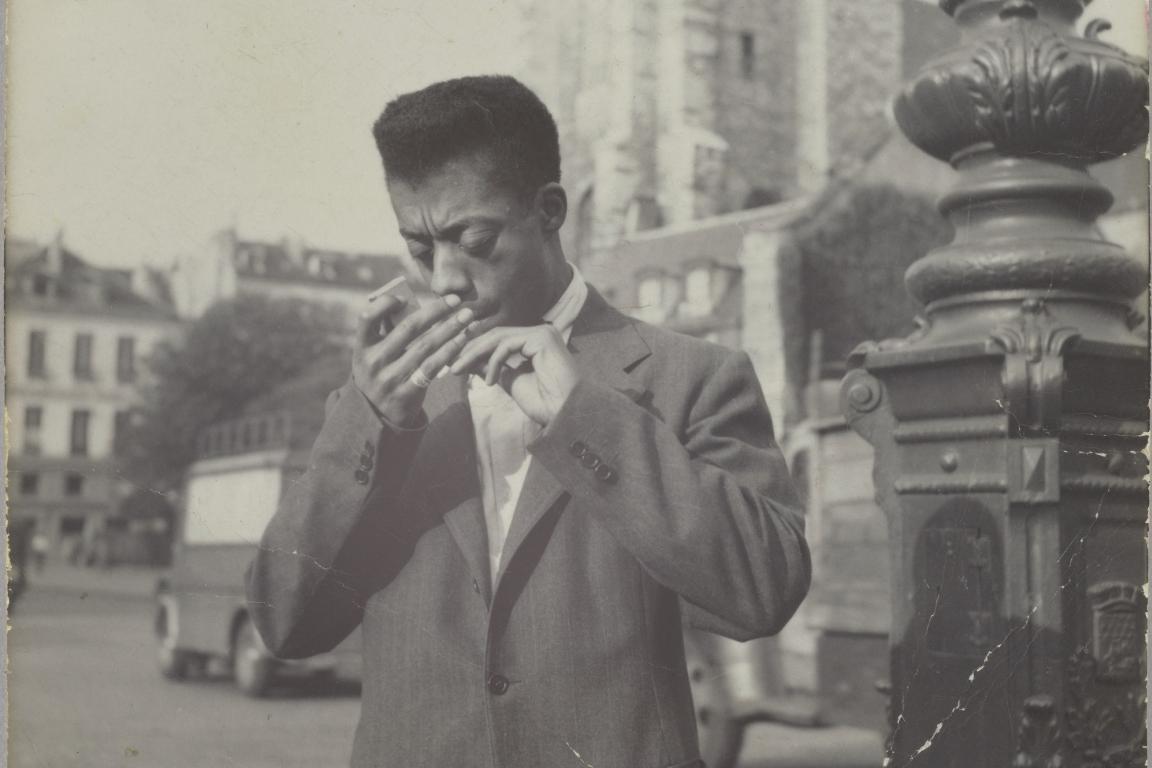
Novelist, journalist and Paris Review staff member William Gardner Smith first came across the café. The Tournon group eventually included, among others, Smith, detective novelist Chester Himes, Wright, painter Beauford Delaney, and sometimes Baldwin.
Here too jazz was a central draw — Duke Ellington and his band made their Paris debut at the Tournon, according to the café website. And, in a theme we will see throughout the tour, perhaps what brought the café’s patrons together more than anything was the conversation. What did this spirited, creative group talk about? Join us and hear their stories.
Bonus! The spring 2024 tour will include a presentation with Monique Wells, a longtime Parisian and expert on the history of Black Paris.
See Paris, Classical Pursuits–style
We hope you’ve enjoyed exploring these iconic places in Saint-Germain. What are your favourite Paris cafés? Let us know in the comments.
And see Paris, Classical Pursuits–style. Whether this is your first trip to Paris, or you’ve taken many a stroll down the Boul’Mich, you’ll see a new side of the city on our tour.
Check out the link above, or contact our travel partners Worldwide Quest at 1-800-387-1483 or travel@worldwidequest.com.
Sources
Chez Tournon: A Homage
James Baldwin’s Paris
Le Tournon: Notre Histoire
Les Deux Magots: Notre Histoire
Les Deux Magots: L’art de vivre Paris
https://www.larousse.fr/dictionnaires/francais/magot/48622
https://www.timeout.fr/paris/concerts-/jazz-paris-histoire
Image credits: Entrance to Les Deux Magots, Damien Roué on Flickr; Greco looking up from a microphone, Unknown author – Nationaal Archief, Spaarnestad; Baldwin lights a cigarette in Paris, Collection of the Smithsonian National Museum of African American History and Culture


